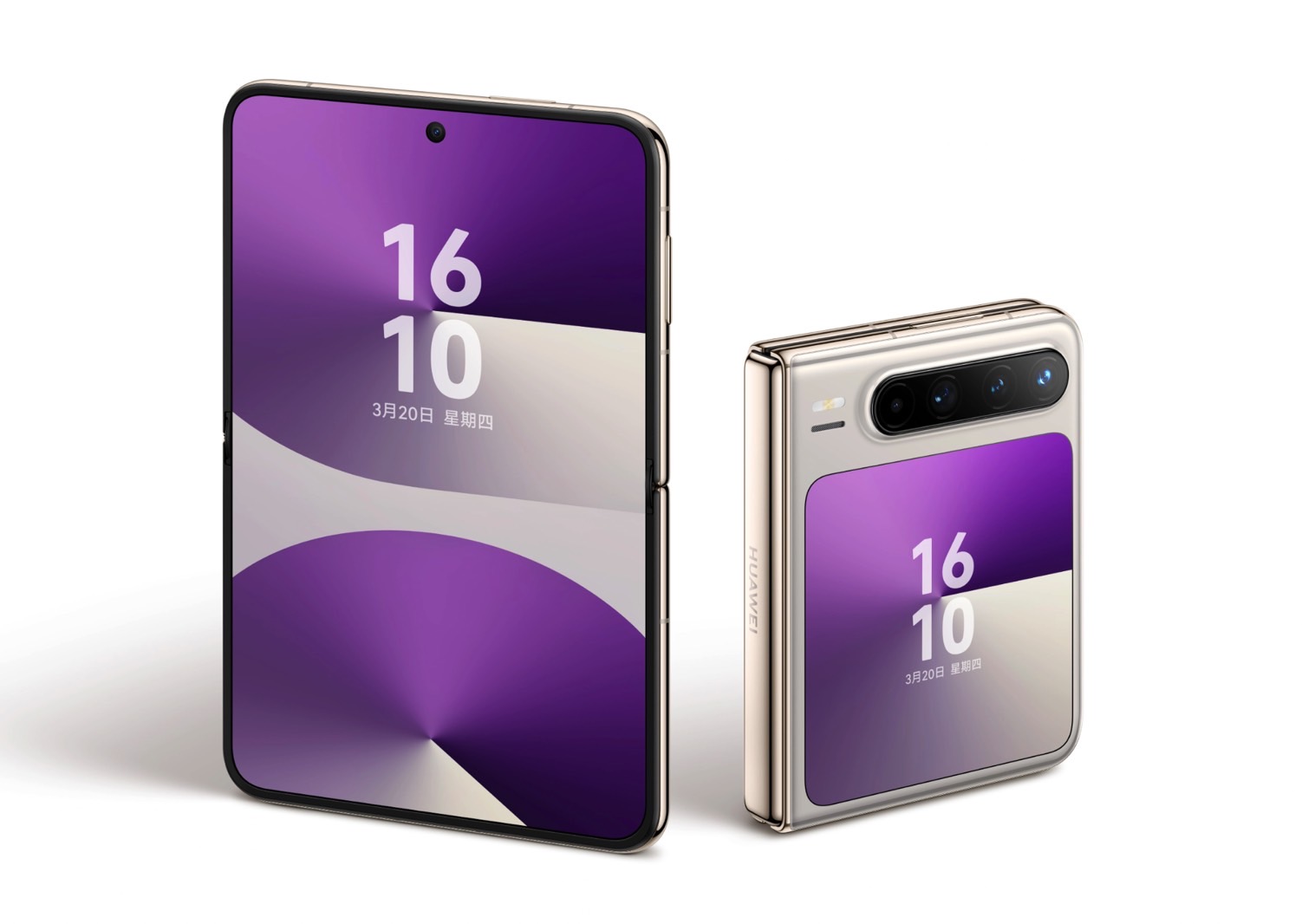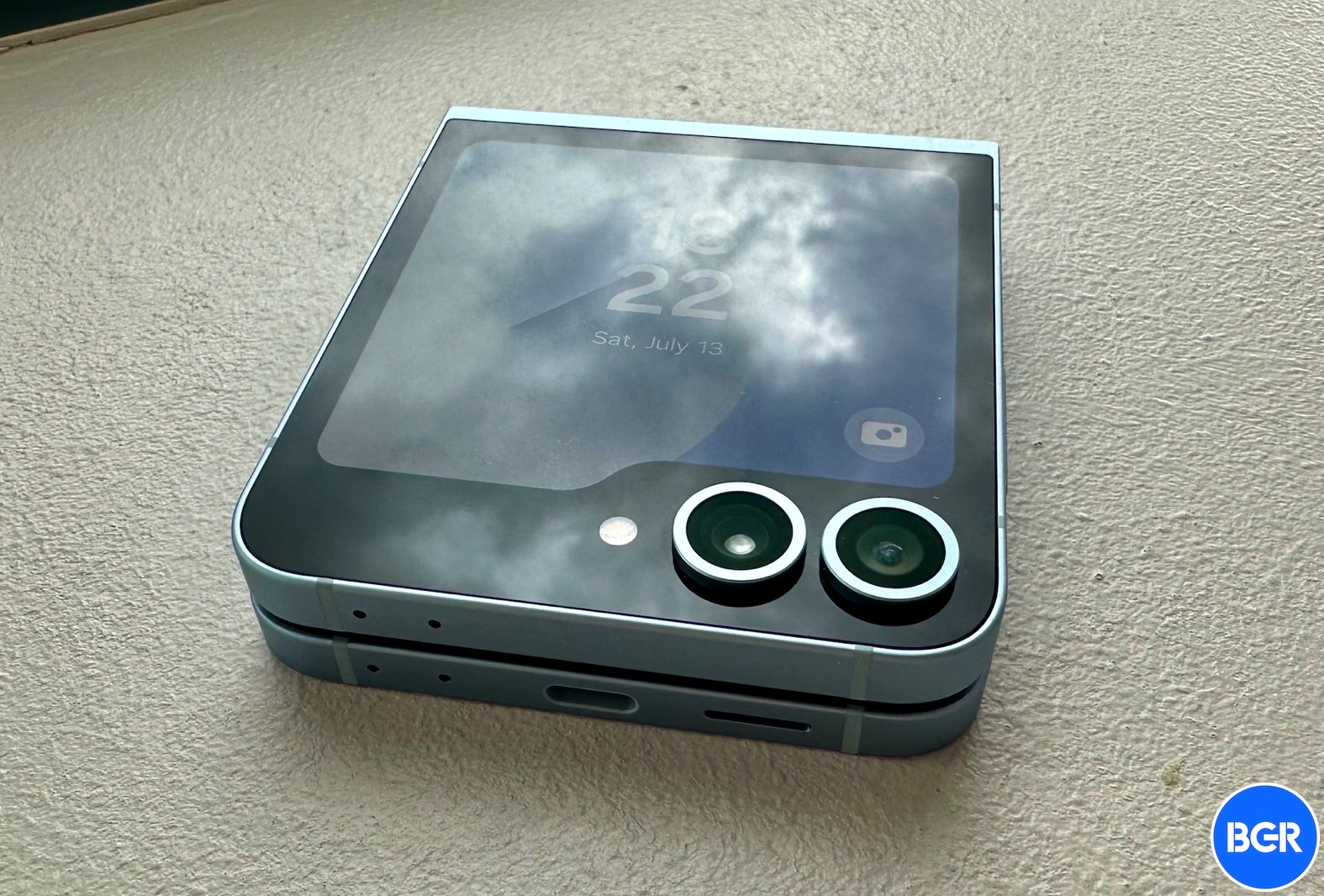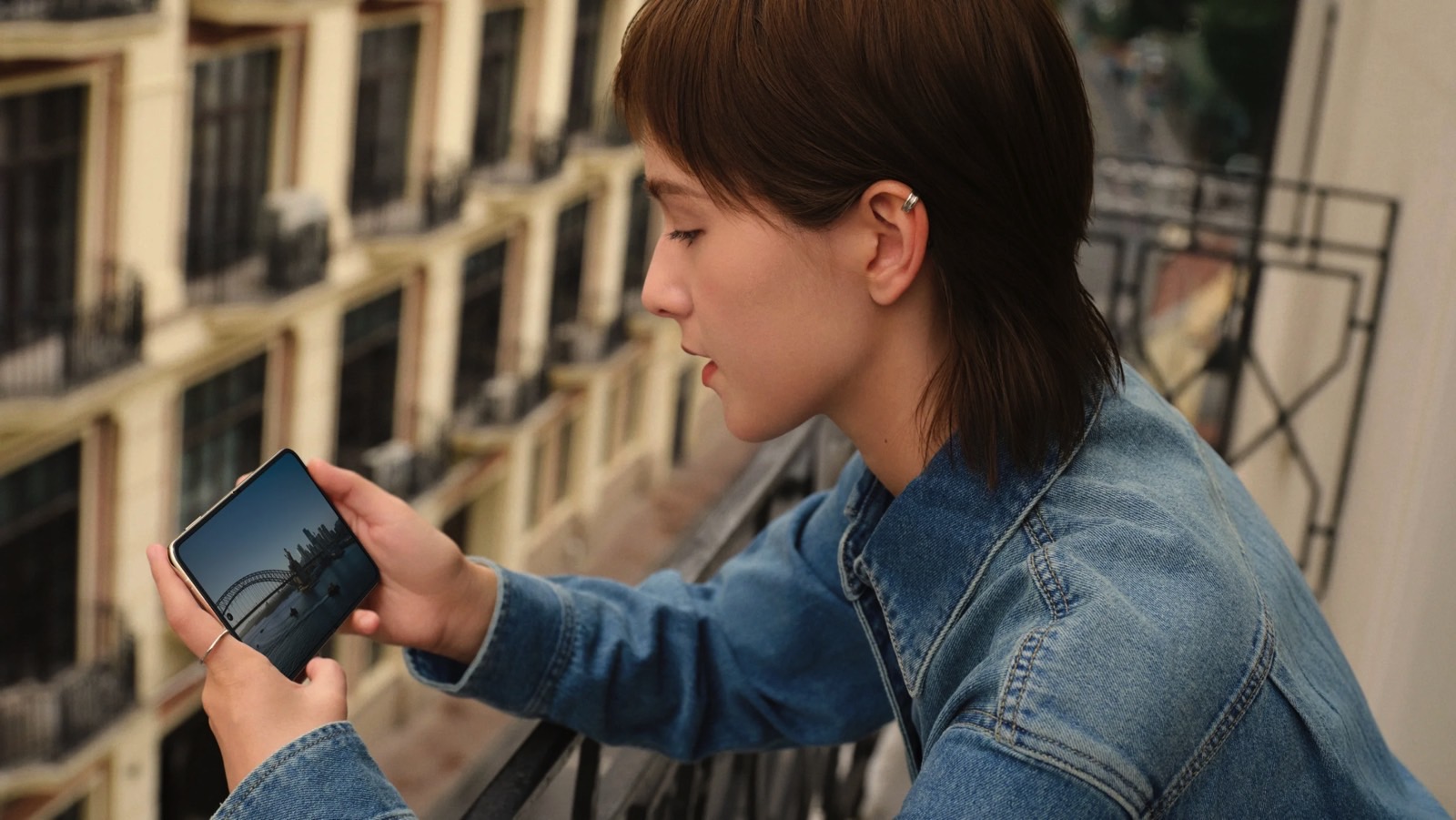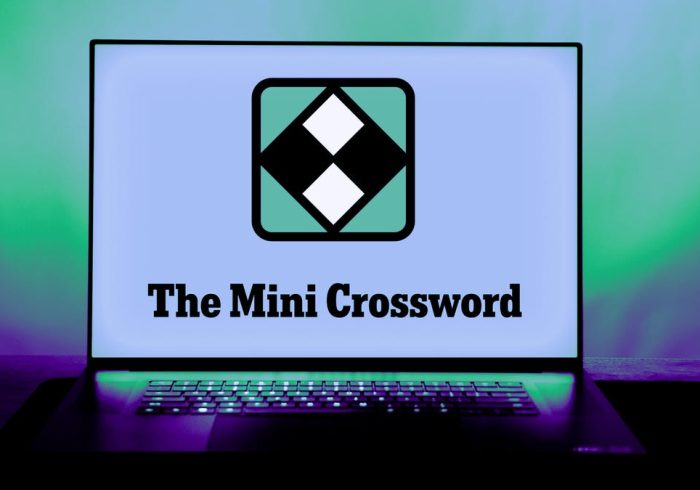A report from Ming-Chi Kuo mentioned just a few weeks in the past that Apple’s first foldable iPhone will probably be an iPhone Fold-type system that resembles Samsung’s. The handset will probably be ultra-thin, which is one motive why Apple should abandon Face ID and convey again Contact ID.
The fingerprint sensor could be embedded in a aspect button much like the iPad and different foldable telephones from opponents, together with Fold and Flip fashions.
I mentioned on the time that the shortage of Face ID is likely to be a dealbreaker for me, because the 3D face recognition system performs an enormous function in my iPhone expertise. Face ID does extra for me than simply unlocking the cellphone. I take advantage of Face ID in each app that helps it, and because of iOS, I also can add Face ID assist to any app.
After all, all of that may occur with Contact ID. I simply occur to want Face ID over Contact ID and would all the time select face recognition over fingerprints.
However what if Apple’s uncommon design for the foldable iPhone will truly assist it convey Face ID to the handset? I’ve had this concept because of an sudden foldable that launched final week, a tool with a unusual design that I believe heralds the iPhone Fold design.
What’s uncommon in regards to the foldable iPhone’s design?
Leaks that predate Kuo’s claims in regards to the foldable iPhone’s revival of Contact ID say the cellphone may have an sudden side ratio for a Fold-type foldable. The cellphone is not going to be as tall as Samsung’s Fold. Additionally, it ought to be wider when folded. The result’s an unfolded system that appears extra like an iPad mini 7.
I already used ChatGPT to find out the size of a foldable iPhone based mostly on display measurement leaks, and all of it is smart.
However contemplating the thickness think about Kuo’s report, Face ID may not occur. I defined just lately why the iPhone 17 Air’s horizontal digital camera bar must occur. It is likely to be associated to Face ID elements, which may very well be thicker than the cellphone.
If the foldable iPhone is even thinner than the iPhone 17 Air, it gained’t have room for Face ID.
Additionally, there’s one other drawback. The place do you set the Face ID sensor? On the quilt display or on the within? The duvet display enables you to unlock the system and the apps you employ on that show. However you’re likelier to make use of apps that profit from Face ID safety on the bigger foldable display.
Meet the Huawei Pura X

Final week, Huawei unveiled the Pura X, a tool not like some other foldable. If something, the Pura X (seen above) teases the iPhone Fold design.
The Pura X folds right into a cellphone about as huge as a clamshell foldable. Suppose Samsung’s Galaxy Z Flip 6. However when it unfolds, you get a pill expertise much like the Galaxy Z Fold. That’s as a result of this Flip-type system is wider than others. Put in a different way, You possibly can have a look at the Pura X as a Fold-type system a lot shorter than the Galaxy Z Fold.
How does this design assist Apple put Face ID on the foldable iPhone? Take a look at the horizontal digital camera bar of the Pura X. That’s the cellphone’s major digital camera system, which sits on high of the quilt display when the cellphone is folded, appearing as a extra superior selfie digital camera system than your standard selfie cam.
Unfold the Pura X, and that digital camera system can be utilized each vertically and horizontally, relying on the way you maintain the foldable.
What pursuits me right here is the Pura X’s major digital camera system all the time pointing at your face once you take the cellphone out to make use of it. If the iPhone Fold has an analogous design, it might have an equivalent major digital camera placement.
There’s precedent in different foldables
I’m speculating right here, however I believe Apple might combine Face ID elements into the digital camera modules which might be normally reserved for the again of the iPhone. With an iPhone Fold much like the Pura X, that digital camera module would truly sit on the entrance. As ugly as that protrusion is likely to be on the Pura X, an analogous major digital camera placement would give the foldable iPhone Face ID assist.
All of that is hypothesis at this level, sure. Additionally, I’d nonetheless have a Face ID drawback that wants fixing. Unfold the Pura X, and also you get a foldable cellphone with a hole-punch digital camera on the high. If that’s how the foldable iPhone seems, you may’t additionally place Face ID on the high of the foldable iPhone.
Subsequently, unlocking apps with the display unfolded stays an issue.
Again to Samsung’s Galaxy Z Flip 6, I’ll let you know that the cellphone does assist face recognition. The system works each with the hole-punch digital camera and the principle digital camera lens positioned atop the quilt display. I’ve used Samsung’s face unlock tech, and it really works, even when it’s not as refined as Apple’s.

What I’m getting at is that Apple might get Face ID engaged on the quilt display by turning the principle digital camera module right into a Face ID sensor. When the iPhone is unfolded, Apple might use 2D face unlock for non-sensitive apps or swap to Contact ID.
All of it sounds difficult, sure. Utilizing solely Contact ID to unlock every little thing in your cellphone could be much less bother for customers. However I nonetheless hope that Face ID will probably be obtainable on foldable iPhones. Ultimately, Face ID elements will shrink, and foldable iPhones will assist Face ID. However I’d need the tech in a first-gen system as nicely.
That mentioned, the Pura X doesn’t assist 3D face unlock. The Huawei foldable has a side-mounted fingerprint sensor as an alternative.
Rumors say the iPhone Fold is not going to characteristic Face ID, however the foldable’s uncommon design may make it doable.



